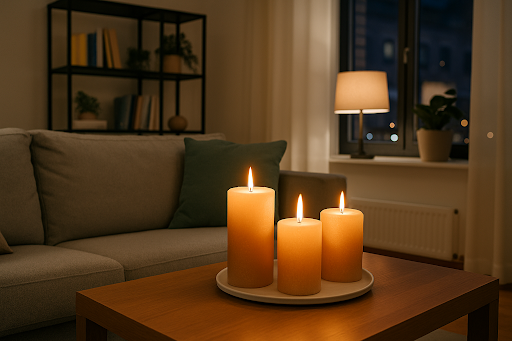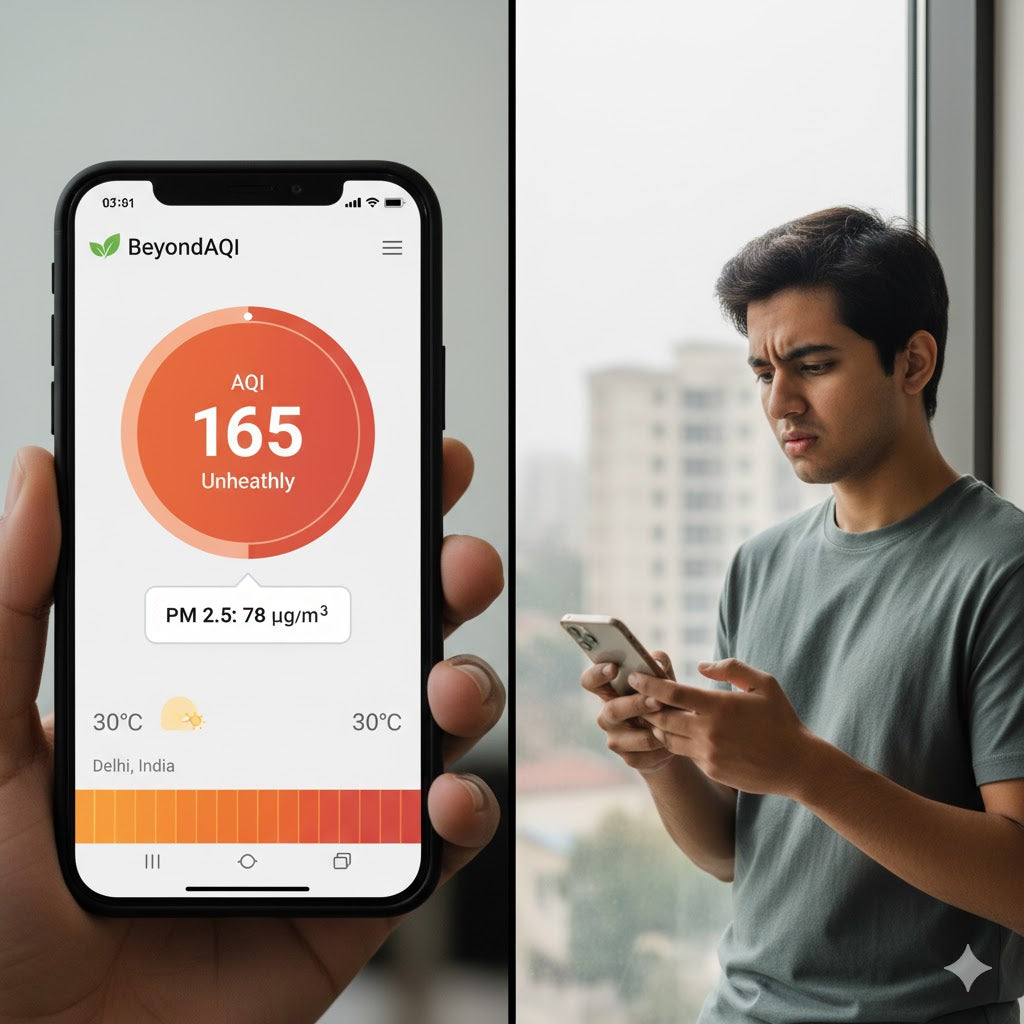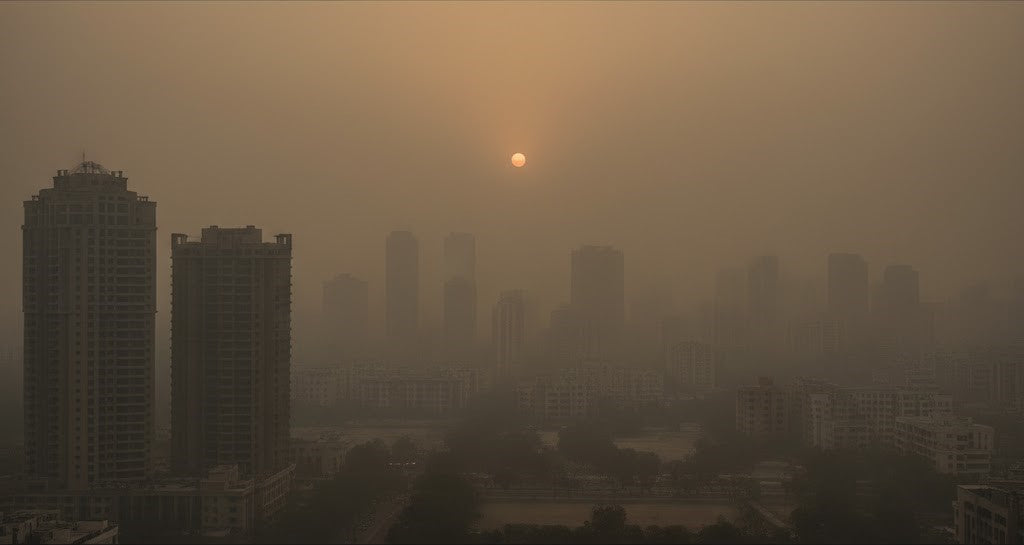They look cozy, smell divine, and make your space feel like a spa-but could your favorite scented candle be polluting your home? As indoor air pollution becomes a growing concern, it's important to examine everyday habits that contribute to poor air quality. Surprisingly, burning scented candles releases harmful particles and chemicals that can compromise your respiratory health. Let’s explore the science behind it.
What Happens When You Burn a Candle?
When a candle burns, it undergoes a process called incomplete combustion, which emits by products into the air. Even "natural" candles made from soy or beeswax can emit certain compounds, especially when mixed with synthetic fragrances.
Pollutants Released:
-
Volatile Organic Compounds (VOCs): Includes formaldehyde, benzene, and toluene
-
Particulate Matter (PM2.5): Fine particles that can enter the lungs
-
Acrolein and Acetaldehyde: Respiratory irritants linked to inflammation
Are All Candles Equally Harmful?
Not all candles are created equal. Here’s how different components affect pollution levels:
1. Wax Type
-
Paraffin Wax (petroleum-based): Produces more soot and VOCs
-
Soy & Beeswax: Cleaner alternatives, but can still emit pollutants if combined with synthetic scents
2. Wicks
-
Metal-core Wicks: May release trace amounts of lead (banned in many countries but still found in some imports)
-
Cotton Wicks: Safer and less toxic
3. Fragrances and Dyes
-
Synthetic scents are major sources of indoor air pollutants
-
Fragrance-free or essential-oil-based candles are a safer choice
Health Risks of Candle-Related Indoor Pollution
-
Asthma & Allergies: Exacerbated by airborne irritants
-
Headaches & Dizziness: Triggered by high VOC exposure
-
Hormonal Disruption: Some synthetic fragrances contain phthalates
-
Respiratory Infections: Long-term exposure to fine particulates can weaken the immune system
What the Research Says
-
A 2017 study in the NIH showed that burning candles in enclosed spaces significantly increased PM2.5 and VOC levels.
-
According to the U.S. EPA, long-term exposure to indoor pollutants can be as harmful as exposure to outdoor smog.
-
A 2020 review from Harvard T.H. Chan School of Public Health warns against frequent use of scented products indoors, citing potential respiratory and endocrine effects.
Safer Alternatives to Traditional Scented Candles
-
Essential Oil Diffusers (e.g., Organic Harvest, Khadi Naturals): Use water-based vapor to disperse fragrance
-
Beeswax or Soy Candles (e.g., Niana, Phool): Look for natural, fragrance-free options
-
Electric Wax Warmers (e.g., Yankee Candle Electric): Avoid open flame and reduce combustion pollutants
-
Indoor Plants (e.g., Areca Palm, Snake Plant): Naturally purify the air while adding aesthetic value
Tips to Use Candles More Safely
-
Burn candles in well-ventilated areas with open windows or exhaust fans
-
Trim wicks to reduce soot and unburnt carbon residue
-
Avoid burning for more than 1–2 hours at a time
-
Choose candles labeled "non-toxic," "lead-free wicks," or "phthalate-free"
-
Use air quality monitors to track pollutant levels in closed rooms
Fragrance Without Fallout
Scented candles can transform a room’s atmosphere-but they shouldn’t compromise your health. By choosing cleaner options, improving ventilation, and practicing mindful usage, you can enjoy ambiance and aroma without adding to indoor air pollution.
Illuminate your space responsibly-breathe easy while you burn bright.






Share:
What All Pollutants Are There in the Air, Their Causes and Effects
How Mumbai's Iconic Vada Pav Could Change Due to Air Pollution Regulations
1 comment
At House of Amara, we believe in the transformative power of luxury and self-care. Our exquisite range of candles, reed diffusers and other home fragrances are meticulously crafted using authentic ingredients and unique scents, designed to elevate your living spaces into sanctuaries of relaxation and tranquillity. Inspired by the modern woman, our products combine elegance, sophistication, and a touch of indulgence, offering you the ultimate sensory escape from the hustle and bustle of everyday life.
If you want to know more about us! https://thehouseofamara.com/